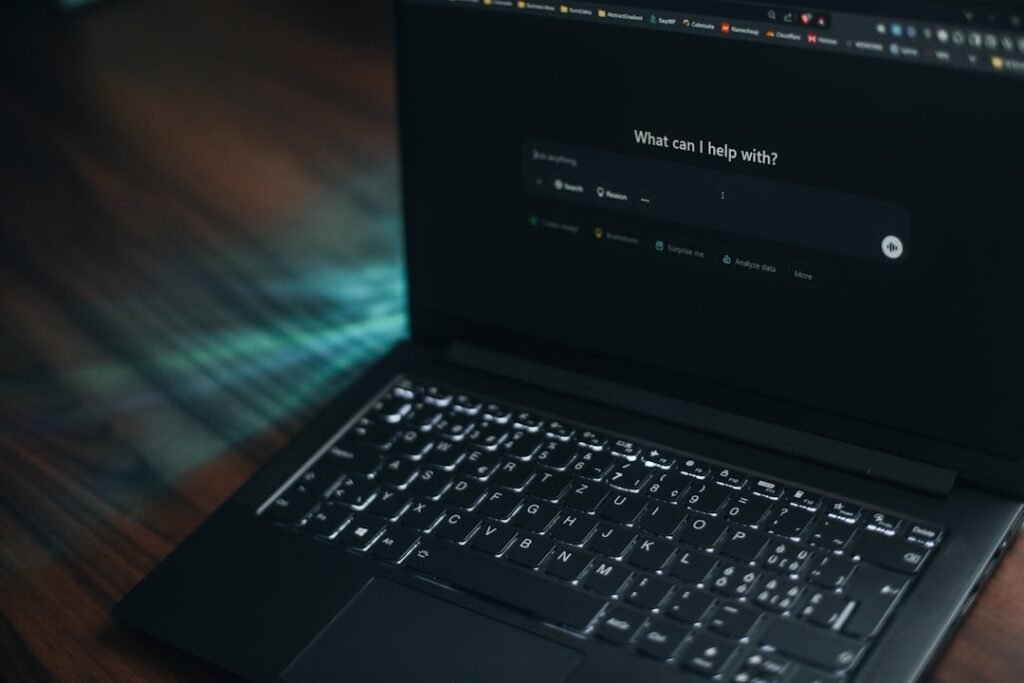Breaking the Chains: Solving Blockchain Interoperability for a Unified Web3 Future
The promise of Web3 hinges on a vibrant, interconnected ecosystem where value and information flow freely across diverse blockchain networks. Yet, a critical barrier stands in the way: blockchain interoperability. This fundamental challenge – the inability of separate blockchains to communicate and share data or assets – fragments the ecosystem, stifles innovation, and exposes users to significant risks. Understanding this problem and the emerging solutions is key to unlocking the next era of decentralized finance, enterprise applications, and the true potential of the multi-chain world.
The Multi-Chain Reality and the Interoperability Imperative
The vision of a single, unified global ledger has given way to the practical reality of a multi-chain ecosystem. Hundreds, and eventually thousands, of specialized blockchains co-exist, each optimized for specific needs – speed, privacy, cost, governance, or functionality. This diversity is essential for scalability and flexibility, catering to a vast array of stakeholders and use cases. However, this fragmented landscape creates isolated digital islands. Users and assets trapped on one chain cannot easily interact with applications or opportunities on another. Liquidity is siloed, innovation is hampered, and the user experience is cumbersome.
For the multi-chain economy to thrive, seamless cross-chain communication and asset transfer are non-negotiable. Blockchains must interoperate securely and reliably. The stakes are high; insecure cross-chain bridges alone have led to over $2.8 billion in user funds hacked, highlighting the critical security deficit in current approaches.
Deconstructing the Blockchain Interoperability Problem
Achieving true interoperability involves overcoming complex technical, functional, and security hurdles:
-
The Core Technical Hurdle: Consensus Isolation
- Blockchains are designed to be self-contained, achieving consensus internally about their own state. They inherently lack the ability to natively validate events or data from other blockchains or off-chain systems without compromising their own security, stability, or scalability. This fundamental isolation is the root of both the oracle problem (connecting blockchains to the real world) and the blockchain interoperability problem (connecting blockchains to each other).
- Solutions must bridge vastly different architectures, consensus mechanisms (Proof-of-Work, Proof-of-Stake, etc.), data formats, and crucially, differing notions of transaction finality (the point where a transaction is considered irreversible on a specific chain).
-
Functional Requirements: Beyond Simple Transfers
- While basic token bridging (moving assets from Chain A to Chain B) is common, true interoperability demands richer functionality:
- Arbitrary Messaging: The ability to send any data or instruction cross-chain (e.g., triggering a smart contract action on another chain).
- Flexible Token Handling: Supporting various mechanisms like lock-and-mint (lock asset on Chain A, mint representation on Chain B), burn-and-mint (burn on A, mint on B), or lock-and-unlock (lock on A, unlock equivalent on B).
- Programmable Token Transfers: Combining asset transfer with subsequent actions in a single atomic transaction. Imagine transferring tokens cross-chain and automatically depositing them into a lending protocol or staking contract upon arrival – a seamless user experience impossible with basic bridges.
- Oracle Integration: Triggering cross-chain actions based on real-world events or data feeds (e.g., executing a cross-chain trade when a specific price threshold is reached).
- Institutional Needs: Features like embedded compliance rules and privacy-preserving transactions for enterprise adoption.
- While basic token bridging (moving assets from Chain A to Chain B) is common, true interoperability demands richer functionality:
-
The Paramount Challenge: Security
- Finality Risks: Ignoring the specific finality guarantees of different chains is a recipe for disaster. A solution must reliably determine when a transaction is truly final on the source chain before executing actions on the destination chain.
- Validation Mechanisms: How does the interoperability solution verify the authenticity of transactions/data from the source chain? Options carry significant trade-offs:
- Centralized Validation: Fast but introduces a single point of failure and censorship risk (e.g., exchange-controlled bridges).
- Local Validation: Techniques like atomic swaps are trust-minimized but limited in scope and functionality.
- Native Validation: Using cryptographic proofs (e.g., Zero-Knowledge Proofs) is promising but computationally intensive and complex.
- External Validation: Relying on a separate decentralized network (e.g., a group of oracles) offers strong security but requires robust network design.
- Code Audits & Maturity: The security of the interoperability protocol's on-chain and off-chain code is paramount. Rigorous, ongoing audits and a proven track record in production are essential.
- Private Key Security: Compromised keys controlling bridge assets are a major attack vector, as numerous bridge hacks have tragically demonstrated.
-
The Standardization Gap: Avoiding a Tower of Babel
- The current landscape suffers from a proliferation of incompatible protocols and bridges. This fragmentation dilutes liquidity, creates inconsistent security standards, complicates development, and hinders user adoption.
- Just as TCP/IP unified the internet, Web3 desperately needs a widely adopted interoperability standard to unify communication and ensure consistent security and functionality across chains.
Chainlink CCIP: Setting a New Standard for Secure Interoperability
Emerging as a frontrunner in tackling these multifaceted challenges is the Chainlink Cross-Chain Interoperability Protocol (CCIP). Designed from the ground up for enterprise-grade security and flexibility, CCIP represents a significant leap forward:
- Arbitrary Messaging & Flexible Token Transfers: CCIP enables both generic data/message passing and cross-chain token transfers using various mechanisms, including sophisticated Programmable Token Transfers.
- Level-5 Cross-Chain Security: CCIP is the first and only interoperability protocol to achieve this highest security designation. Its foundation is the same battle-tested, decentralized oracle network that has secured over $12 trillion in on-chain transaction value.
- The Risk Management Network (RMN): A revolutionary security feature unique to CCIP. This is an independent, decentralized network acting as a secondary validation layer. It continuously monitors for anomalies and can proactively halt suspicious transactions before they cause harm, providing an unprecedented safety net.
- Holistic Platform Integration: CCIP leverages the broader Chainlink platform, offering access to critical services like price feeds, proof of reserves, and NAV data that are often essential for complex cross-chain applications, particularly in TradFi.
- Proven Adoption: CCIP isn't just theoretical. It's being integrated by major players:
- DeFi: Protocols like Aave use CCIP for cross-chain functionality of their stablecoin, GHO.
- TradFi/Enterprise: Financial giants like DTCC (Depository Trust & Clearing Corporation), ANZ Bank, and SWIFT are actively piloting and implementing CCIP for use cases like cross-chain tokenized asset settlement and connecting traditional finance to blockchain networks.
- User Accessibility: CCIP-powered interfaces like Transporter and XSwap provide user-friendly gateways for cross-chain token and message transfers.
The Future: Towards an Internet of Contracts
The ultimate vision enabled by robust interoperability is the Internet of Contracts. Imagine a seamless network where smart contracts on any blockchain – public or private – can effortlessly interact, trigger actions, and exchange value and data. This interconnected ecosystem would unlock unprecedented possibilities:
- Hyper-Composability: DeFi protocols could fluidly combine services across chains, creating novel financial products with deeper liquidity.
- Enterprise Integration: Businesses could securely connect private consortium chains to public networks for audits, settlements, or data oracles.
- Unified User Experience: Users could interact with applications across multiple chains without constantly managing bridges and wrapped assets.
- Tokenized Asset Revolution: Real-world assets (RWAs) tokenized on one chain could be seamlessly traded, financed, and utilized within DeFi protocols on entirely different chains.
Conclusion: Interoperability as the Keystone
Blockchain interoperability is not merely a technical convenience; it is the essential keystone for building a scalable, functional, and secure multi-chain future. The challenges are significant – technical complexity, demanding functionality requirements, and paramount security concerns. However, solutions like Chainlink CCIP, with its focus on decentralized security, innovative features like the Risk Management Network, and proven enterprise adoption, are paving the way forward.
Achieving widespread, secure interoperability requires continued collaboration, rigorous standards development, and relentless focus on security. As these solutions mature and gain adoption, the vision of a truly interconnected "Internet of Contracts" moves from aspiration to reality. This interconnected future promises to unleash the full potential of blockchain technology, transforming finance, supply chains, digital identity, and countless other industries by enabling frictionless exchange of value and information across the entire Web3 ecosystem. The chains isolating our digital islands are breaking; the era of seamless blockchain connectivity is dawning.












